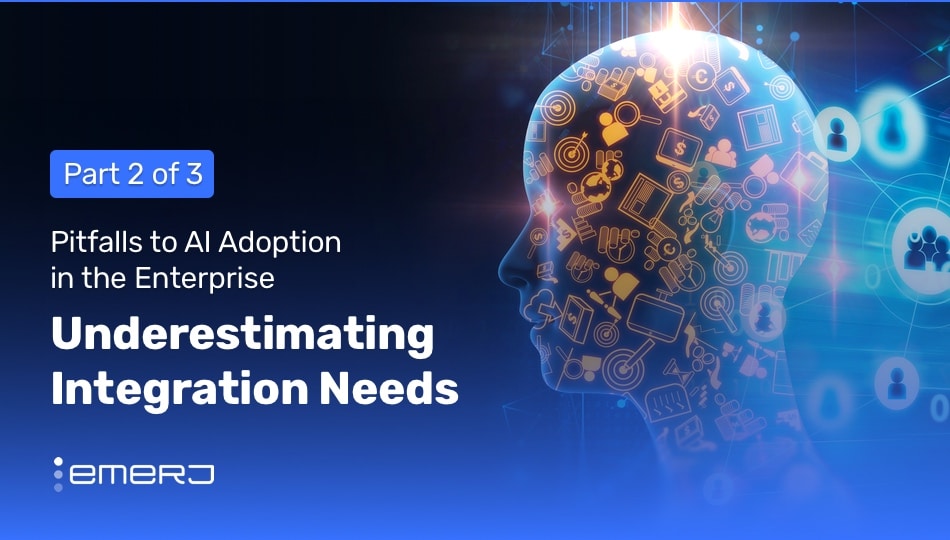In this second installment of the "Pitfalls to AI Adoption in the Enterprise" series, we're going to talk about underestimating the integration needs of artificial intelligence and machine learning.
In our first article in this series covered Pitfall #1: Avoiding AI Novelty.
This second installment covers what many of our PhD podcast guests consider to be the biggest hurdle to AI adoption in the enterprise: Integration challenges. Bringing AI into an existing business is a challenging task, and it requires a very specific set of concerns.
Rather than learn these lessons the hard way, I've deci...
[mrj_paywall] unauthorized access















